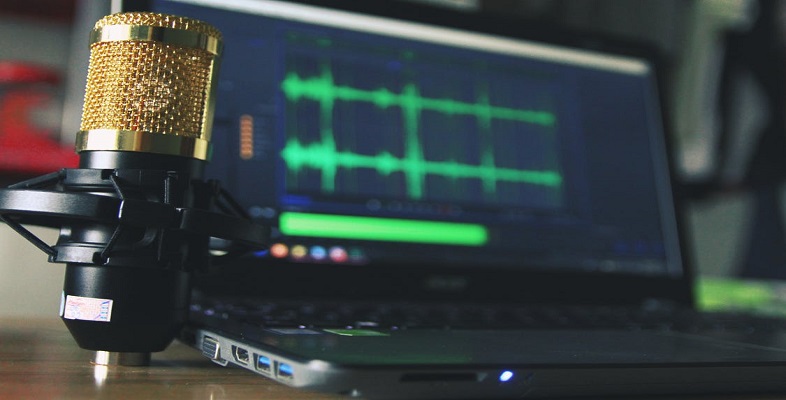5.2 Notes on each take
The main body of the recording log of a live recording is quite different to that of a studio session in that a live recording will have far fewer ‘takes’ but may need more notes for each take. A studio, or dedicated recording session will have many more takes, with fewer notes per take.
A list of take numbers should be your key to relate your notes to your sound files. Most recording devices and Digital Audio Workstations automatically number files, incrementing the number by one each time you stop and start a new recording. It is really important to make sure that your take numbers match up with the numbers in your file names. You should double check this very often during a session; otherwise you can end up breaking the link between the notes in your recording log and your sound recordings, and this can cause all kinds of problems when you return to edit the project.
The kind of notes I might make while making a live recording could include:
Change gain -4dB at 12:10.
I will always try to set the microphone pre-amp gain correctly, and to leave it alone once set, but occasionally, especially if there was inadequate opportunity to record the rehearsal, I might have to adjust the gain during the performance. If I note down exactly when I do this, then when I’m mixing the recording in the studio, I can make the appropriate adjustments to balance the levels later. In this case my note indicates that I reduced the mic pre-amp gain by 4dB at 12 minutes and 10 seconds. Ideally this would have been in a natural break such as a pause between pieces, or movements, and not while any of the instruments were playing.
Cough 3:45
It is very easy to hear noises such as coughs, chair squeaks and door slams during a recording when you are present in the space, but it is sometimes harder to notice these on playback. If I hear a sound like this and note exactly when it happened, I can try some different techniques to minimise the effect of the noise later.
Soprano # 11:53
If I have a score I might notice if wrong notes are played, but even without a score it can be easy to hear if particular notes are out of tune (# is shorthand for ‘sharp’). If a high note within a chorus is out of tune, it may be possible to copy a similar note from another chorus and swap it for the out of tune one. Making a note of this kind of mistake speeds up the editing process enormously. Sometimes nothing can be done to fix errors, but it is good to know what to focus on without having to listen all the way through the entire recording.
Whether it takes place in the studio or on location, for example in a concert hall, a managed session requires a very different kind of note for each take. When the performer or performers are not under pressure to get it right first time, as in the case of a live performance, there are many occasions where they will stop shortly after the beginning of the take in order to start again and perform better. There is a danger in starting and stopping the recording device in such instances as it is easy to miss the start of the second performance, so if this happens it is common practice to leave the recorder running and to note ‘FS’ for ‘false start’.
In managed sessions it is much more common to have a copy of the score, so very often notes can be made directly in the score. Bar numbers are a very useful reference point, so before each take I make sure to ask the conductor or performer which bar number they will be starting from and ending on. If you have the score, you can then note bar numbers for any mistakes, or extraneous noises such as page turns. If you don’t have a copy of the score you can at least make sure that there are no bar numbers missing.
In general, you should think of your recording log as the framework for your editing process. Many decisions about which takes are better than others can be made during the recording. For this reason, I include a separate column into which I put a tick or a cross, sometimes half a tick and sometimes two ticks to indicate the general standard and quality of that take. It is then quite easy to scan your recording log before the end of the recording session to make sure you have got a good take to cover all sections. There are different ways of doing this – you might draw a smiley face or sad face, or you might give marks out of 10, gold stars or black marks. The trick is to find an intuitive system that works for you without you having to think about it.
In a live recording situation, a good idea is to use a copy of the concert programme (if there is one) to make your notes in. Much of the information is already there, so it can be a time saver. Otherwise, you should make a table and pre-populate some of the boxes to include the kind of data you most often need. This is an iterative process, and you will make different versions each time you record until you settle on the right balance.
